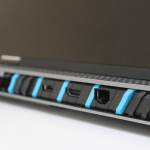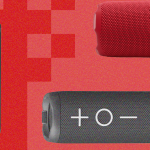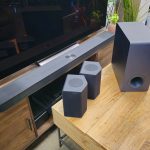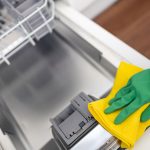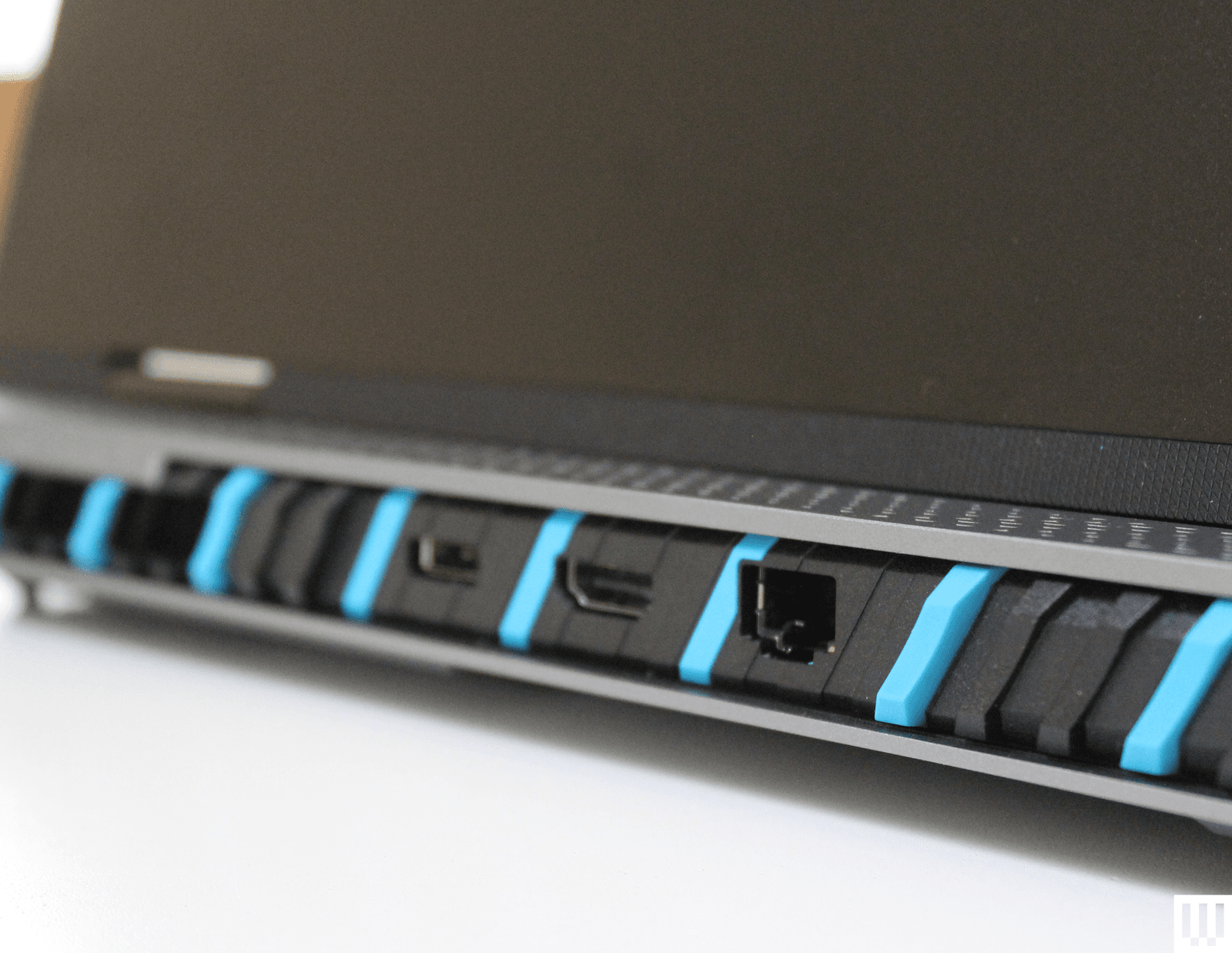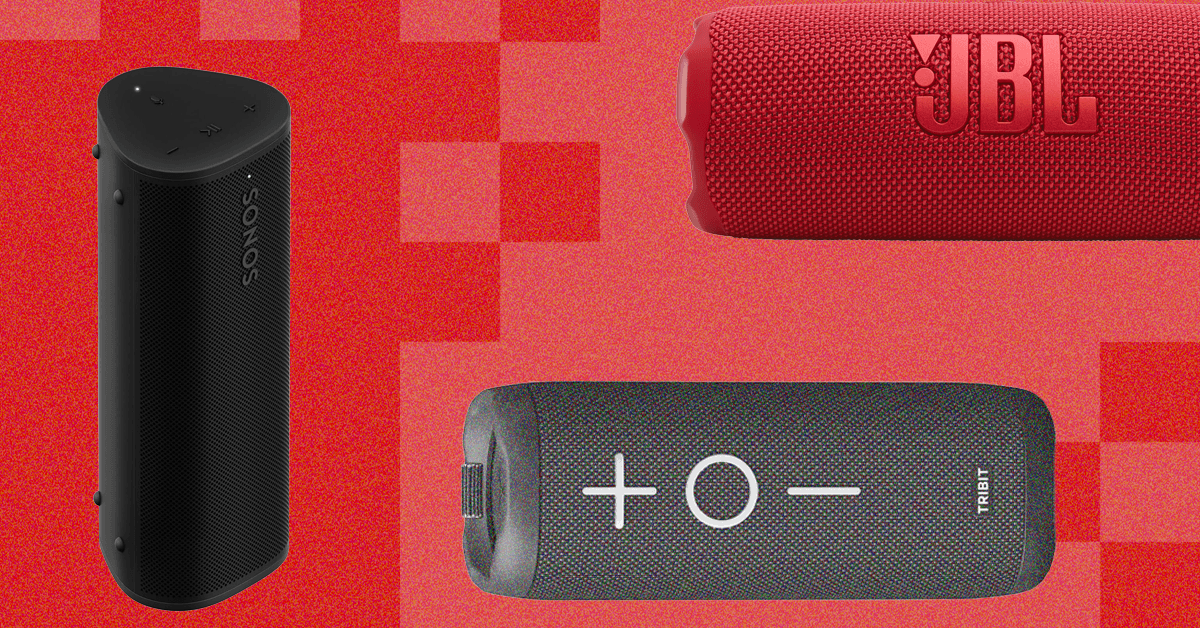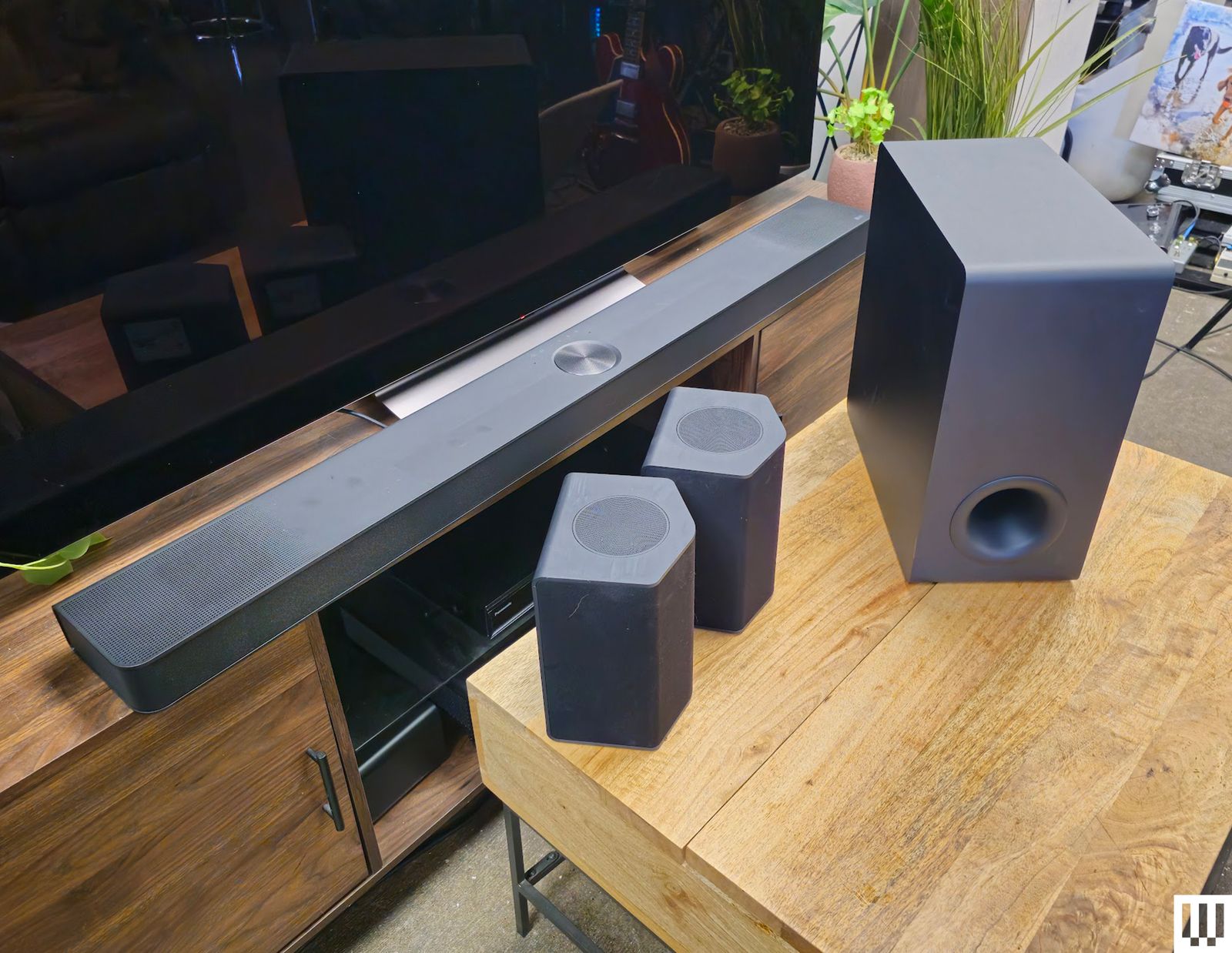
Some e-bikes, regardless of where the motor is located, have a separate throttle control, typically a thumb-operated lever that applies electric power without the rider needing to pedal. This is handy for a quick, effortless takeoff, but it uses a lot more battery life than a pedal-assist setup, and that can limit the bike’s electric range, as well as the amount of exercise you’ll get from riding the bike.
Nate Bosscher, a senior engineer on the electric bikes team at Trek, says the motor on a mid-drive electric bike is “upstream of the gears and the chain, and that certainly puts more strain on the drivetrain than a non-e-bike.” You can reduce the wear and tear on the drivetrain by regular cleaning and lubrication, he says. Bosscher says hub-drive motors are less sensitive to strain than mid-drives.
Whether you’re riding a mid- or hub-drive electric bike, you should downshift to an easier gear ahead of a traffic light. That’s so you can resume pedaling without having to “mash” or stand on the pedals to make the bike move, Bosscher says.
You also don’t want to stand on the pedals with maximum force while trying to shift, which is especially hard on the bike’s transmission, Bosscher adds. This is true whether you’re shifting at a slower speed or flying down the road full-tilt. And it’s always best to lighten your pedaling as you shift gears to reduce wear on the gear cluster and chain.
Marco Sonderegger, a senior product manager at Specialized, says that the best pedaling speed on the company’s mid-drive bikes is 70 to 90 rpm, which means your legs are moving at a speed similar to a fast jog. That typically puts less stress on the chain because you’re not putting a lot of torque on the system with each pedal stroke.
The moderate pedal speed also optimizes your range and eases the load on the motor because “the faster the internal electrical engine can spin, the higher the efficiency.”
Trek’s Bosscher says most e-bike manufacturers gear their motors for pedaling speeds of at least 60 rpm. For this reason, Sonderegger believes spinning at 70 to 90 rpm will increase your range roughly 10 to 12 percent compared with mashing at 50 rpm or slower.
That speed is also physically easier, Sonderegger says, because repeatedly pushing very hard and slowly is like doing heavy leg presses.
